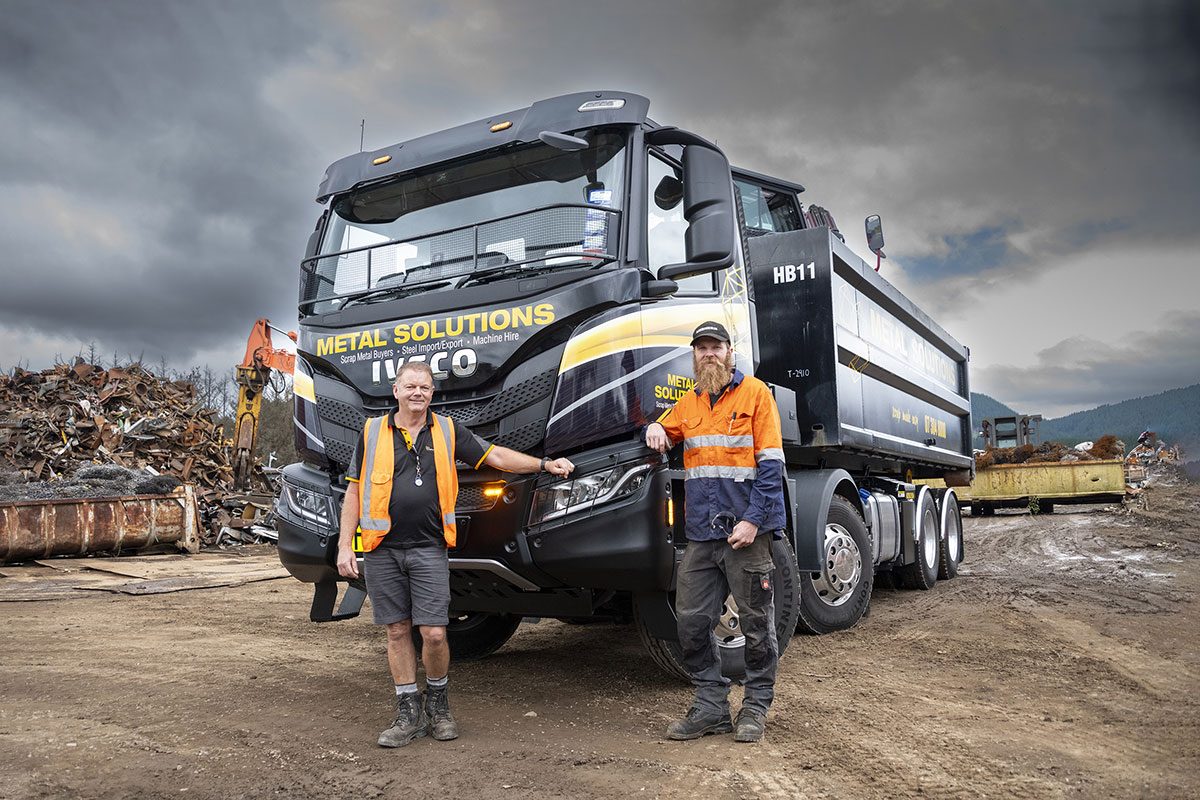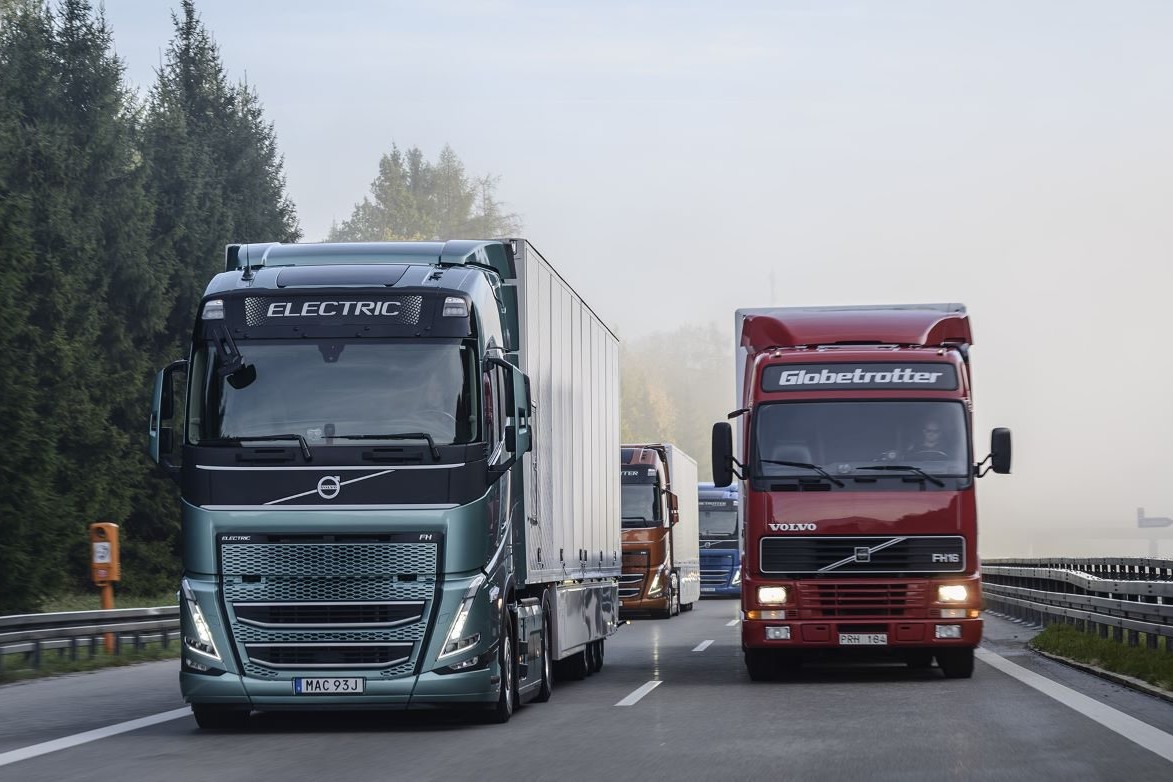Intelligent safety systems to minimise risk of traffic accidents
More vehicles on the roads, a faster traffic flow and a distracting stream of information all impose considerable demands on drivers, however the active safety systems found in many modern vehicles make it far easier to avoid incidents and accidents.
In November 2015 a EU-wide requirement for new 2- and 3-axle trucks to have automatic emergency braking systems fitted was introduced. At present the emergency braking system must reduce the truck‘s speed by 10 km/h. Next year, this will be tightened to 20 km/h.
“It‘s great that the legislation is becoming stricter but I still feel the legal requirements are too low,” says Carl Johan Almqvist, traffic and product safety director at Volvo Trucks. “If you are driving at 80 km/h when the emergency braking system is deployed, you need to cut your speed by far more than just 20 km/h to avoid a massive collision if the vehicle in front has come to a standstill.”
Volvo Trucks has developed a system that goes well beyond both current and future legal requirements. The system, which was introduced in 2012, focuses primarily on alerting the driver to the risk of a collision.
“In many cases this is enough for the driver to quickly assess the situation and avoid an accident,” explains Almqvist.
The emergency brake is only used if it is absolutely necessary, and it is deployed extremely quickly. The braking speed – or retardation – is about 7 m/sec2, which is on par with what many passenger cars can manage. In practice this means that the truck‘s speed can be cut from 80 to 0 km/h in about 40 metres.
The system monitors the vehicles in front with the help of camera and radar technology and functions irrespective of weather conditions or darkness. If there is a risk of collision, the driver is alerted via gradually escalating light and acoustic signals. If the system does not detect a response from the driver, the truck automatically starts braking gently. If the driver still does not respond, the emergency brake is deployed until the vehicle comes to a complete standstill. After a further five seconds without any movement of the steering wheel or other reaction, the handbrake is automatically engaged, a safety measure to prevent the truck from rolling if the driver is in shock or is unconscious.
When the emergency brake is deployed, the brake lights start flashing to warn vehicles to the rear, and when the truck‘s speed drops to 5 km/h the flashing emergency warning lights are also activated.
Volvo‘s system also functions on winding roads and can differentiate between roadside guard rails and genuine obstacles such as vehicles, including motorbikes. In order to gain the full benefit of the system, it is essential to ensure that all functions, such as the ABS brakes, are activated on both truck and trailer.
Considering the short period that has passed since the introduction of emergency brake legislation, it will take some time before its positive effects are reflected in accident statistics. However, Volvo Trucks is convinced of the benefits of the emergency braking system and other active safety devices.
“Our active safety systems are part of a holistic solution that clearly helps reduce risks in traffic, but it is important to bear in mind that technology alone cannot do the job. A safe traffic environment requires active interaction between all road users. An experienced, attentive driver who handles his or her vehicle responsibly is still the best form of accident prevention,” says Almqvist.

Read more
30 years of innovation
0 Comments13 Minutes
Against the tide
0 Comments5 Minutes
To the shredder!
0 Comments2 Minutes





